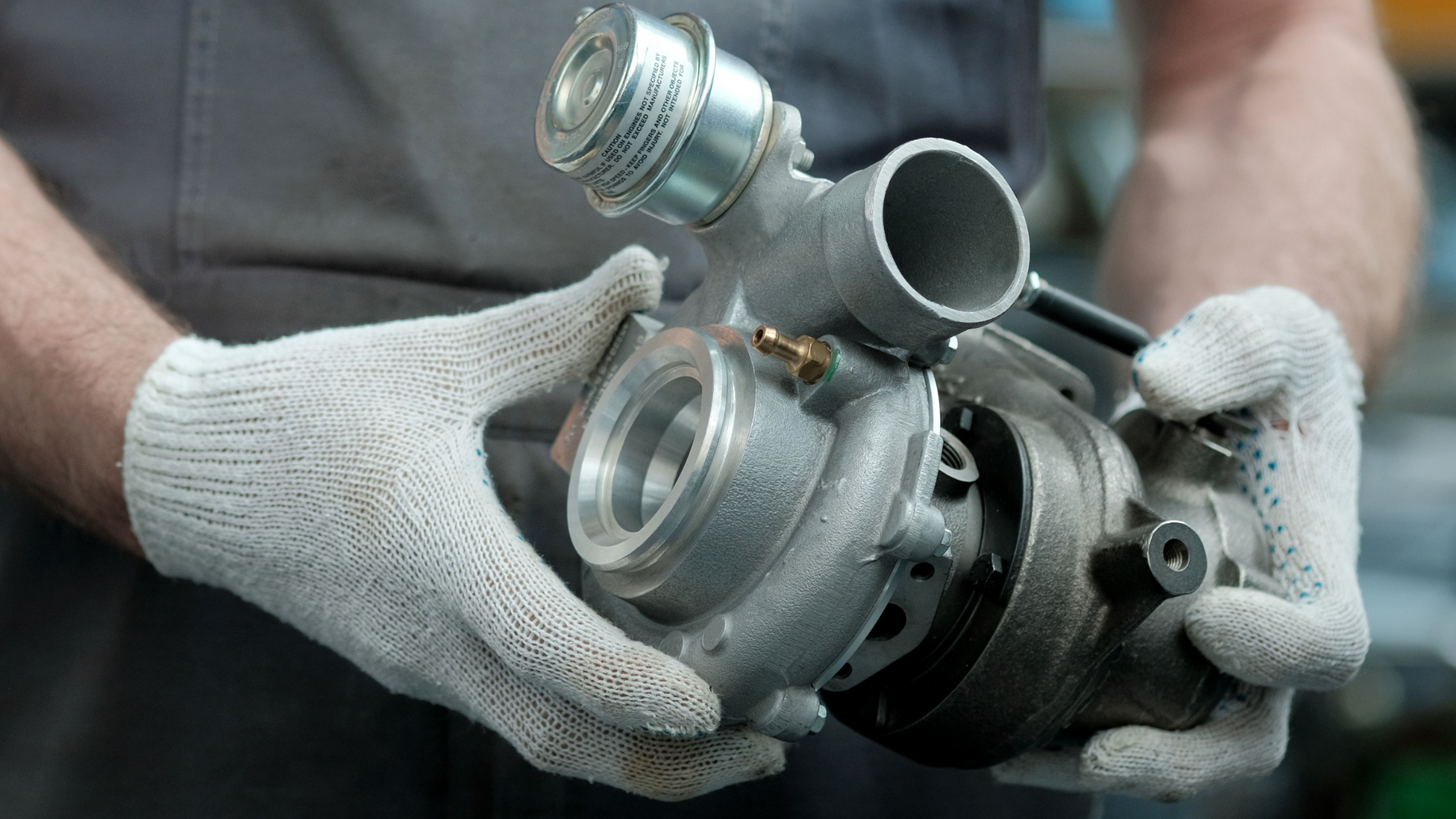
Turbocharger Troubleshooting: Common Problems and Solutions
When it comes to power and performance in the automotive world, turbochargers are the unsung heroes. Efficiently harnessing wasted exhaust energy to compress air entering an engine, they elevate the driving experience with increased horsepower and torque. However, with great power comes the responsibility of maintenance. This article will delve into the common issues that can plague your turbocharger, how to identify them, and the essential steps to resolve them. Whether you're a seasoned enthusiast or a newly turbocharged vehicle owner, understanding these potent devices is vital for the longevity of your engine.
The Crucial Nature of Turbocharger Troubleshooting
The turbocharger is a complex piece of machinery, and any malfunction can severely impact your vehicle's performance. Understanding how to diagnose and rectify issues can save you time, money, and the headache of a breakdown. It also ensures that your turbocharger continues to operate at peak efficiency, delivering the promised power and fuel economy. So, let's dive into the most common problems and solutions encountered by turbocharged engines.
Common Problems with Turbochargers
Lack of Boost Pressure
One of the most apparent signs that your turbocharger is not functioning correctly is a lack of boost pressure. This is when there's no increase in power or acceleration, even when you press down on the accelerator. It can be caused by a variety of issues, including a leak in the intercooler, faulty wastegate, or damaged compressor blades.
Excessive Smoke
If your vehicle emits excessive exhaust smoke, it could be a sign of a turbocharger problem. Blue or black smoke can indicate oil leaking into the exhaust system due to a damaged seal or worn-out piston rings. White smoke, on the other hand, can be caused by coolant being burnt in the engine, which can point to a faulty head gasket. In both cases, it's essential to get your turbocharger checked.
Whistling or Siren Noises
Unusual noises coming from the engine bay can also be an indication of a faulty turbocharger. A high-pitched whining noise may indicate damaged compressor blades, while a siren-like sound could mean that a foreign object has entered the turbine or exhaust system.
Whining or Grinding Noises
Similar to the above, whining or grinding noises can also point to a problem with your turbocharger. This could be due to a damaged turbine shaft or worn-out bearings. It's crucial to address these issues as soon as possible before they cause further damage.
Oil Leaks
Oil leaks are never a good sign, and when it comes to turbochargers, they can indicate damaged seals or gaskets. These leaks can lead to significant engine damage and even complete turbo failure if left unchecked.
Troubleshooting Solutions For Turbochargers
Checking for Boost Leaks
A boost leak test is an effective method for diagnosing a lack of boost pressure. By pressurizing the system and monitoring any drop in pressure, you can pinpoint leaks in hoses, connectors, or intercoolers. These leaks can often be repaired with simple parts replacements, ensuring a tight air delivery system.
Inspecting the Exhaust System
It’s important to check the exhaust system for any signs of damage, ensuring no obstructions or leaks that could disrupt the flow from the engine to the turbocharger. This includes the exhaust manifold, turbine housing, and downpipe – all critical components for efficient turbo performance.
Inspecting the Intake System
A clean and unobstructed intake system is essential for proper turbo function. Any restrictions or foreign bodies entering the turbo can damage the impeller blades or cause imbalance leading to poor performance. Regular cleaning and inspection can help maintain the health of the intake system.
Checking for Oil Leaks
Regular inspection of the turbo area for oil leaks can prevent major issues. If a leak is detected, the turbo may need to be removed to replace the gaskets and seals. Ensuring the turbo is mounted correctly and using the manufacturer's recommended torque specifications can help prevent future leaks.
Preventive Maintenance Tips
Regularly Changing Oil and Filters
Clean oil is crucial for turbo longevity, as it serves as a lubricant and a coolant for the extremely hot turbo components. Regular oil and filter changes prevent the build-up of contaminants that can lead to damage and clogs.
Using High-Quality Fuel and Lubricants
High-quality fuel and lubricants can minimize deposit buildup in the turbo and the engine, ensuring cleaner operation and preventing issues such as carbon deposits that can interfere with the turbo's performance.
Avoiding Excessive Engine Load
Turbochargers operate at their best within a certain load range. Consistently pushing your engine to its limits can cause excessive wear on the turbo, so it is crucial to drive with an awareness of the vehicle's capabilities and limitations.
Conclusion
Driving a turbocharged vehicle offers an exhilarating experience, but it demands attention when it comes to maintenance. Regular inspections, troubleshooting at the first sign of trouble, and adherence to recommended maintenance schedules can ensure that your turbocharger and engine keep running smoothly for many miles.
Remember, the key to a long and healthy turbocharged life is understanding how it works, identifying problems early, and promptly fixing issues. With these insights, you'll be better equipped to maintain your turbocharged vehicle's performance and enjoy the road ahead.
For those looking to upgrade or replace their turbocharger, consider exploring Titan Turbo’s comprehensive range of turbochargers and components. Whether you’re looking for OEM replacements or performance-enhancing units, Titan Turbo can help you find the perfect match for your vehicle.
